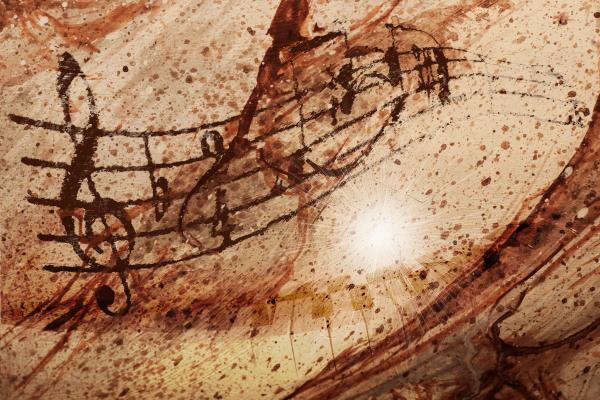The French composer Claude Debussy once said, "Music is the space between the notes." His compositions were a part of Impressionism in music, a movement in the late 19th and early 20th centuries that focused on suggestion and atmosphere and favored short forms of music like nocturnes, arabesques, and preludes. This movement was a correction of the excesses of the Romantic period, where the focus was on strong emotion and the depiction of stories and the favor was toward long forms of music like symphonies and concertos.
Like Vincent Van Gogh's humble painting "A Pair of Shoes," Impressionistic music tells the story of life with simple, worn, tattered pairs of work boots instead of with expensive, polished, wing tipped shoes. It colors notes and silences with the browns and blacks and lights and shadows of daily work instead of the neon colors of high society events. It follows the old Latin phrase that is the motto of my University of North Carolina, "Esse Quam Videri," to be is more important than to appear, the real is more important than the Photoshop or the Autotune, the essence is more important than the video. It is humble. It is deep. It is real.
As a teacher and a writer, I remember each day that music is the space between the notes. Where there is a child trying to sound out a word and write out a complete sentence or a character trying to live in the middle of prejudice and stand up against injustice, there is music.
I dedicate myself to the space between the notes.
Trevor Scott Barton is an elementary school teacher in Greenville, S.C. He is a blogger for the Teaching Tolerance project of the Southern Poverty Law Center.
Image: Sheet music, Franz Metelec / Shutterstock.com
Got something to say about what you're reading? We value your feedback!
